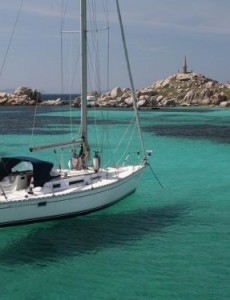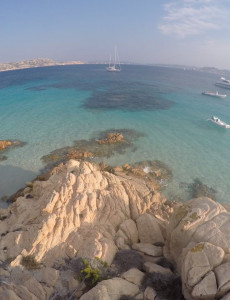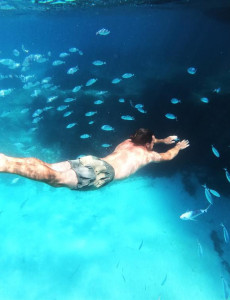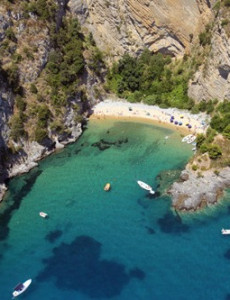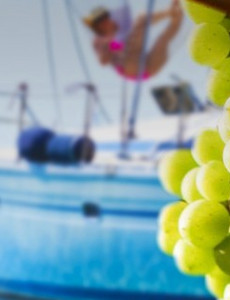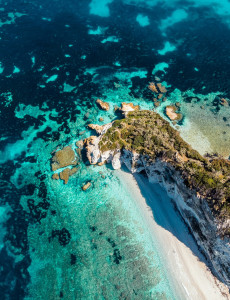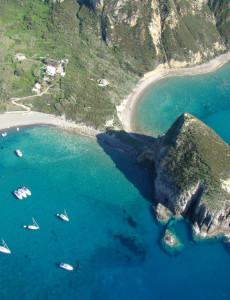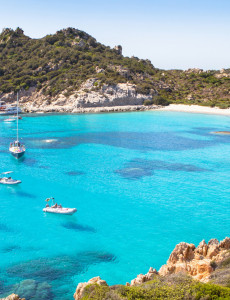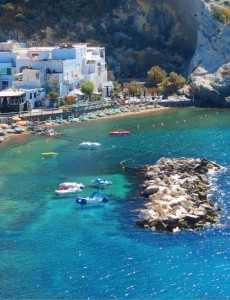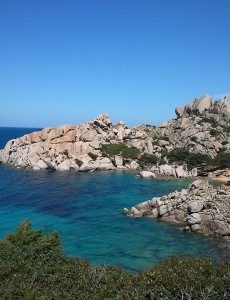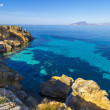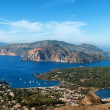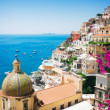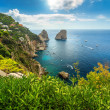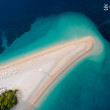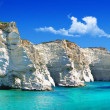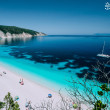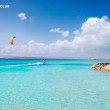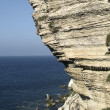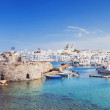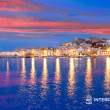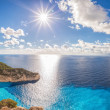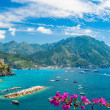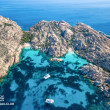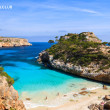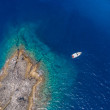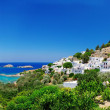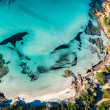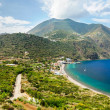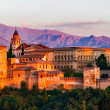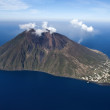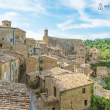
Pontine Islands
Tides of Stillness: The First Breath of the Pontine Islands
Dawn over the Pontine Islands brushes the skin like a salted whisper, alive and weightless. The first golden rays slip across the rugged cliffs, igniting the deep blues of the Tyrrhenian Sea, which stretches out like a liquid canvas toward the horizon. From a distance, the islands rise like ancient sentinels—weather-worn and wild—each wrapped in silence that feels sacred. The scent of Mediterranean herbs mingles with the marine air, and the hum of cicadas begins to stir as the day unfolds in slow reverence.
The archipelago is scattered like jewels—Ponza, Ventotene, Palmarola—each with its own rhythm, each one more revealed than visited. Dramatic sea stacks, submerged grottoes, and volcanic ridgelines etched by time tell a tale of fiery origins and quiet endurance. This is not a destination one rushes through. The Pontine Islands holidays invite stillness, an unhurried curiosity that rewards those who listen. It is not just a place, but a feeling suspended between sea and sky.
Arriving here by land gives you proximity, but arriving by sea gives you perspective. The true Pontine Islands travel experience is one that unfolds gradually—where cliffs turn golden in the late light, where dolphins trace the currents at twilight, and where each island reveals itself not at once, but in shimmering fragments. It’s in the gentle approach, in the long gaze from the waterline, that the landscape begins to speak.
Why visit the Pontine Islands? Because no map or photograph can capture the way they make you feel—suspended, small, serene. The Pontine Islands guide is not written in ink, but in the hush between waves, the echo of ancient stone, and the warmth of a sun that seems to linger just a little longer here.
From hidden beaches to marine sanctuaries, the things to do in Pontine Islands don’t scream for attention—they wait to be noticed. The journey is not about ticking boxes, but about seeing, breathing, and drifting. In the Pontine Islands, the best views are not found, but revealed—slowly, like the sea itself.
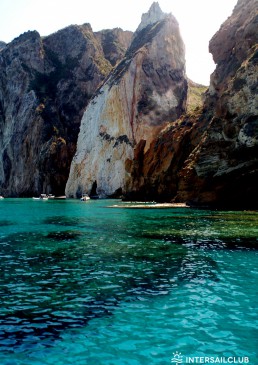
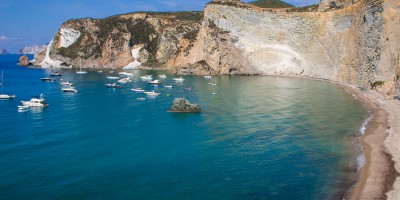
Drift Lines and Liquid Horizons: A Sailing Journey Through the Pontine Islands
Sailing through the Pontine Islands feels like tracing a secret written in salt and time. The coastline doesn’t announce itself; it unfolds. With every nautical mile, the landscape reveals another layer—an emerald cove tucked behind volcanic ridges, a limestone arch catching the morning light, a quiet inlet where the sea becomes glass. These are not places you arrive at—they are moments you drift into. Every stop is a chapter in a story only the sea can tell.
From the amber cliffs of Ponza to the unspoiled beauty of Palmarola, the route is both intimate and infinite. Ponza welcomes with its pastel harbor and winding coves, while Palmarola offers solitude—it's jagged cliffs mirrored in sapphire depths, its silence broken only by the call of seabirds. Ventotene, with its Roman harbor still in use, hums with the quiet dignity of centuries. Even the smaller islets—Zannone, Santo Stefano—feel like wild secrets waiting to be honored rather than explored.
This is the essence of a sailing Pontine Islands experience: freedom shaped by nature, not schedules. Distances are short, yet the depth of immersion is profound. The freedom to glide from island to island on a whim, to anchor in a deserted bay at sunset, or to follow the wind into the unknown—this is what distinguishes a Pontine Islands yacht charter from any conventional journey. It’s not about what you see, but how you feel while seeing it.
Aboard a Pontine Islands catamaran charter, space opens up—above, below, within. Families stretch out under wide skies, couples share sunrise coffees off the stern, and solo travelers find stillness in motion. With IntersailClub’s skipper charter Pontine Islands options, even first-time sailors are guided with ease through the waters, their routes shaped by local knowledge and tides.
Is the Pontine Islands good for sailing? Absolutely. With mild Mediterranean winds, sheltered bays, and short hops between islands, it offers some of the most inviting conditions in Europe. The waters are calm, the weather is forgiving, and opportunities for Pontine Islands snorkeling abound in crystalline coves where the seabed dances with light and life.
A Pontine Islands sailing cruise is not about covering ground; it’s about experiencing presence. The days lengthen, the rhythm slows. At sea, under shifting skies, time softens—and the horizon becomes not a destination, but a companion.
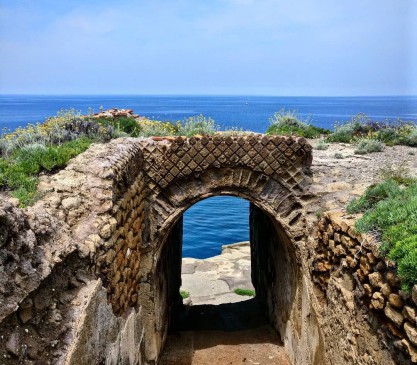
Echoes in Stone and Salt: The Living Culture of the Pontine Islands
The Pontine Islands carry history not in textbooks, but in tides, silence, and stones. Each island is a living archive shaped by the sea’s ancient memory. Long before tourism, ancient sailors traced these routes, their wooden hulls brushing the jagged shores of Ponza and Ventotene, guided by stars and trade winds. These were not isolated outposts, but key waypoints on Mediterranean trade routes—meeting grounds for cultures that lingered. Greek merchants, Roman emperors, Bourbon exiles: all have left their mark. The sea was their road, and the islands, their resting points between fates.
Pontine Islands history begins deep beneath the surface. Ventotene still cradles the haunting ruins of Villa Giulia, where the Emperor Augustus exiled his daughter—a palace now softened by lichen and sea breeze. In Ponza, ancient Roman aqueducts and fish farms are visible beneath the clear shallows, functioning remnants of civilizations long past. Even the wild cliffs of Zannone whisper stories from the stone remains of a Cistercian monastery. The layers of Pontine Islands archaeology are not just visible—they’re tactile.
But this is no frozen past. It’s a mosaic of living memory and present-day rhythm. The heartbeat of Pontine Islands life pulses in the small things: fishermen hauling nets at dawn, octopus drying on weathered ropes, and old women selling capers from gardens grown in volcanic soil. Life here moves with the light, not the clock.
Pontine Islands culture is best felt in summer, when sea processions light up the harbors, and tambourines echo off cobbled alleys. Music is local, food is sacred. Tuna bottarga, lentils from Ventotene, squid ink pasta—these aren’t dishes, they’re stories of survival and salt.
What cultural influences shape Pontine Islands' identity? A fusion of exile, migration, seafaring and myth. Each island is a palimpsest of memory, layered by centuries, yet grounded in the humble rituals of island life.
Here, culture isn’t reconstructed. It lives in the salt air, in the hands of its people, and in every horizon watched from a stone step facing the sea.
Winds of Time and Light: The Sailing Weather of the Pontine Islands
June is the hottest month in Havana with an average temperature of 27°C (81°F) and the coldest is January at 21°C (70°F) with the most daily sunshine hours at 11 in July. The wettest month is June with an average of 80mm of rain. The best month to swim in the sea is in August when the average sea temperature is 30°C (86°F).
Check all Statistics in AccuweatherAll destinations in Mediterranean Sea
-

-

-

-

-

-

-

-

-

-

-

-

-

-

-

-

-

-

-

-

-

-

-

-

-

-

